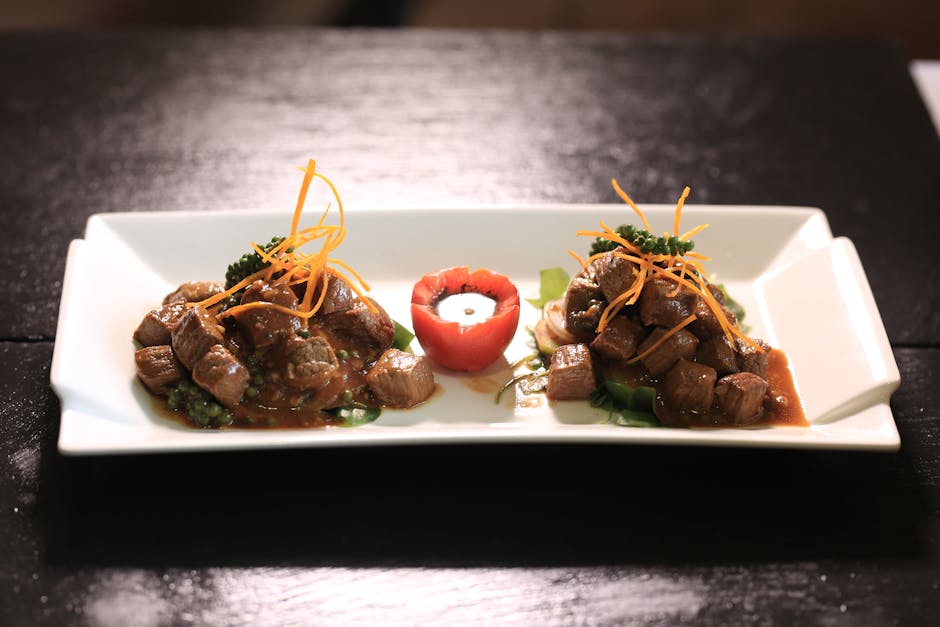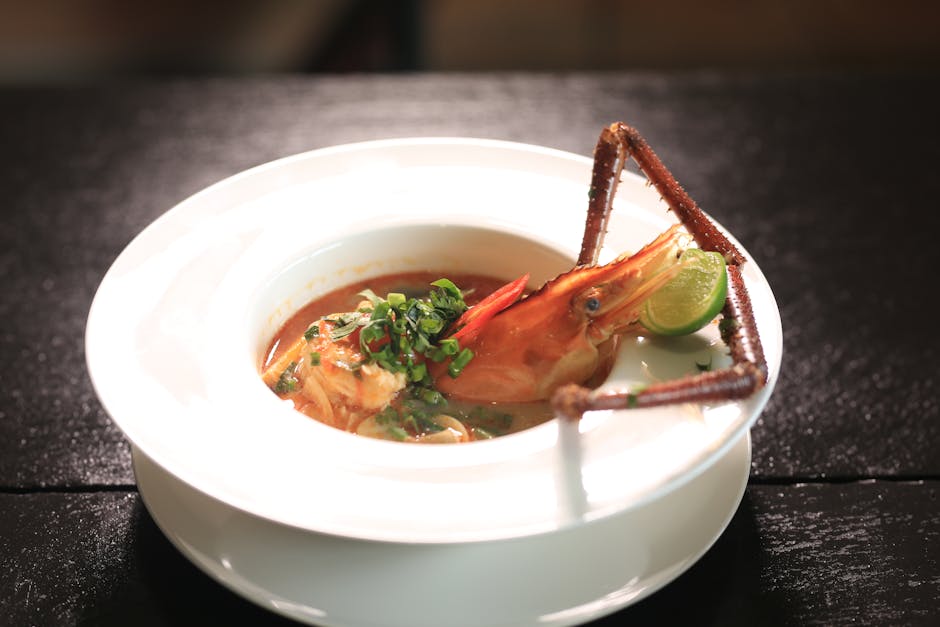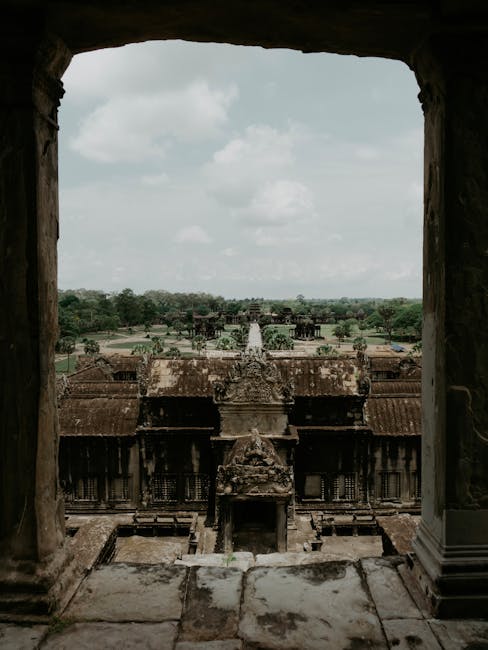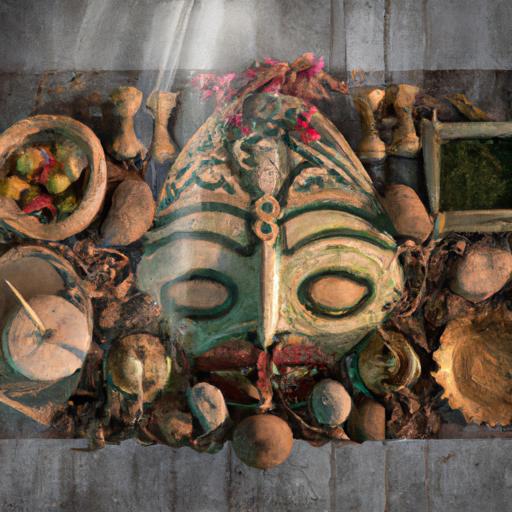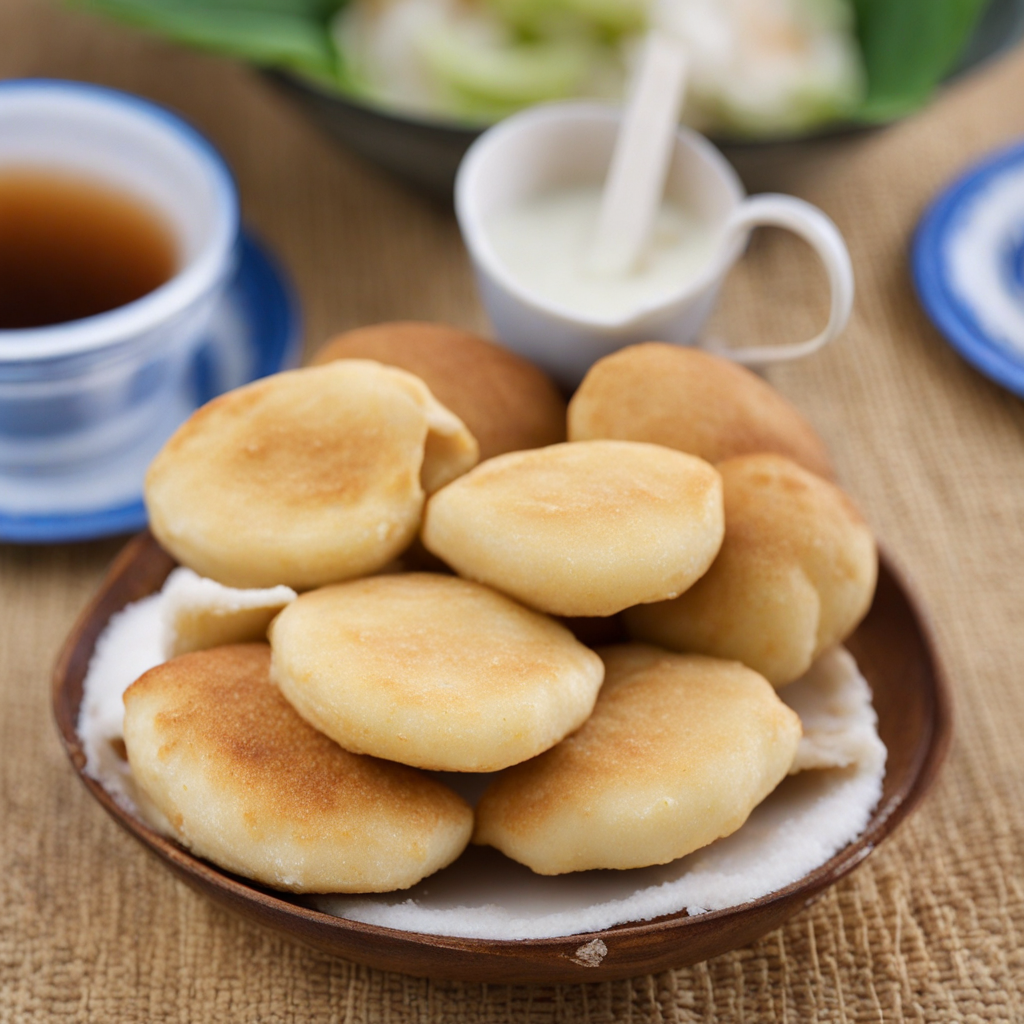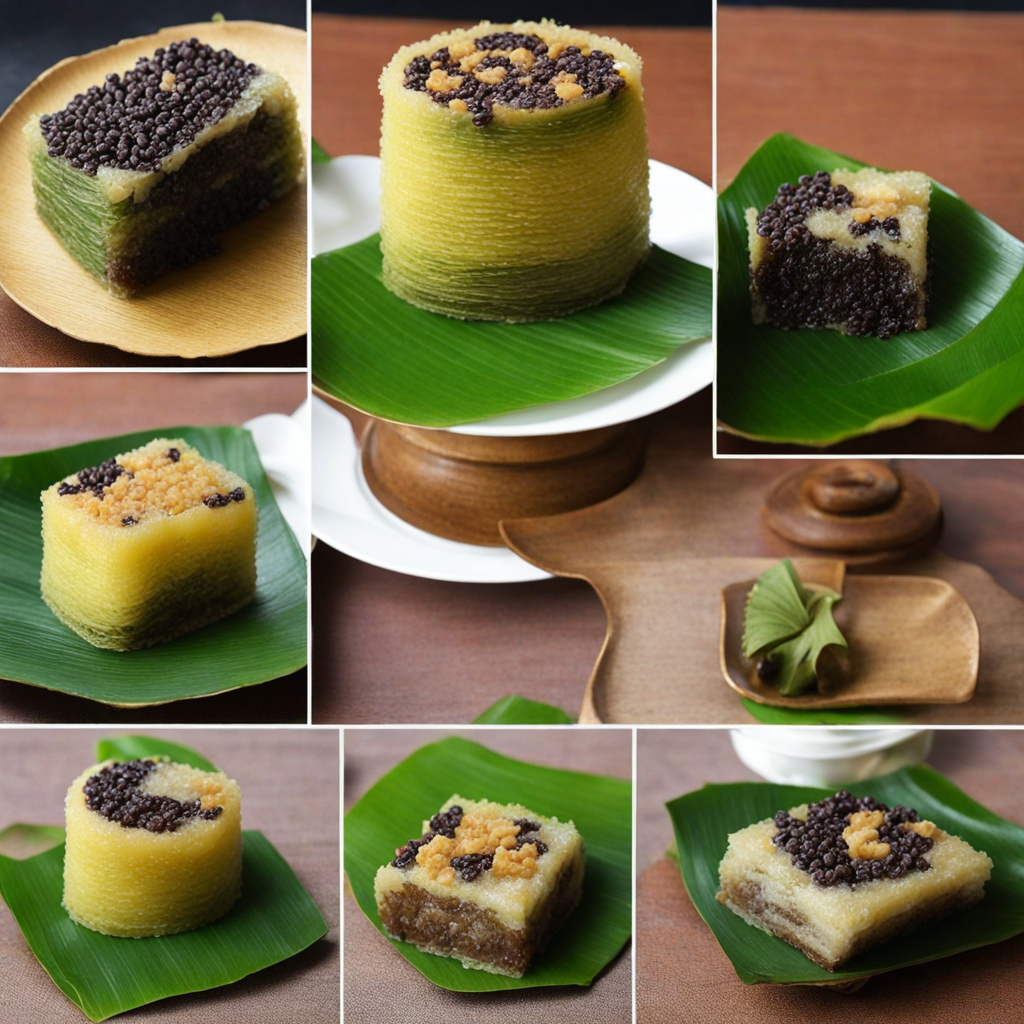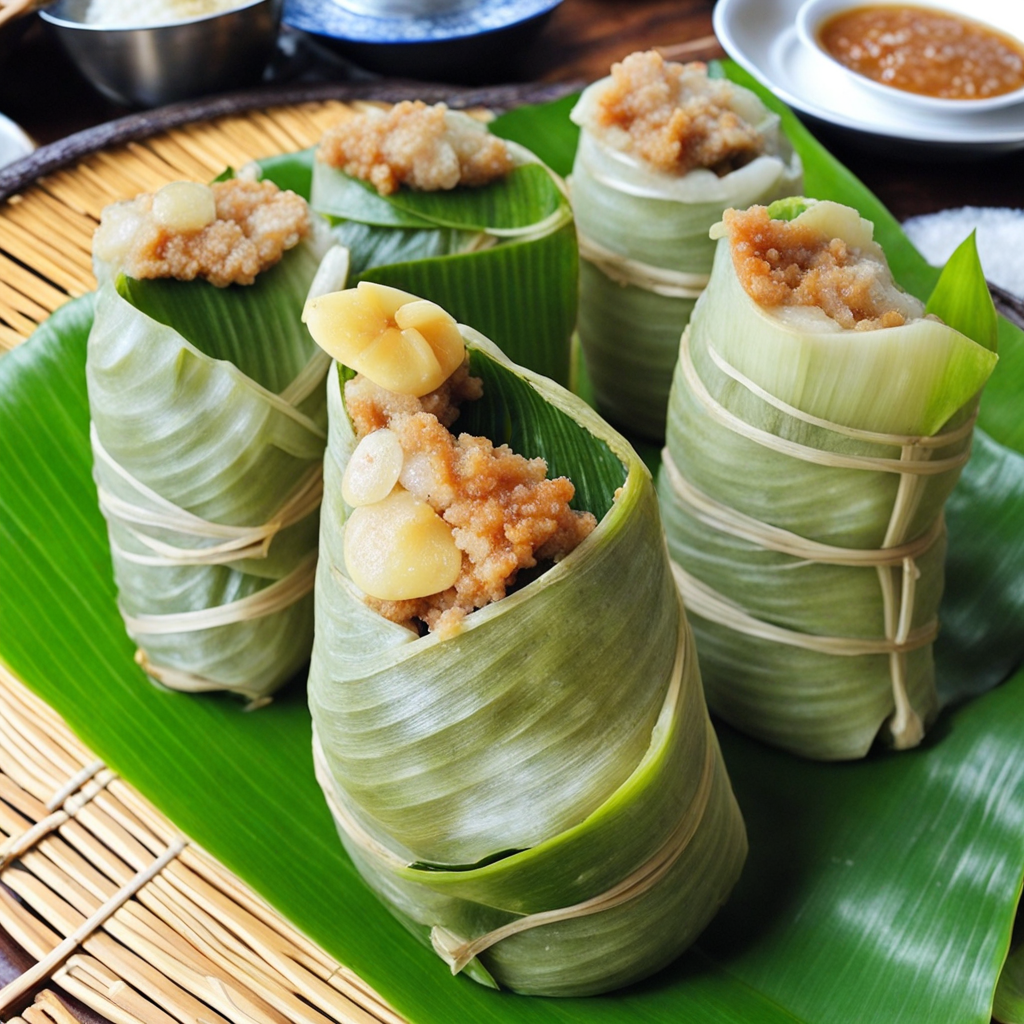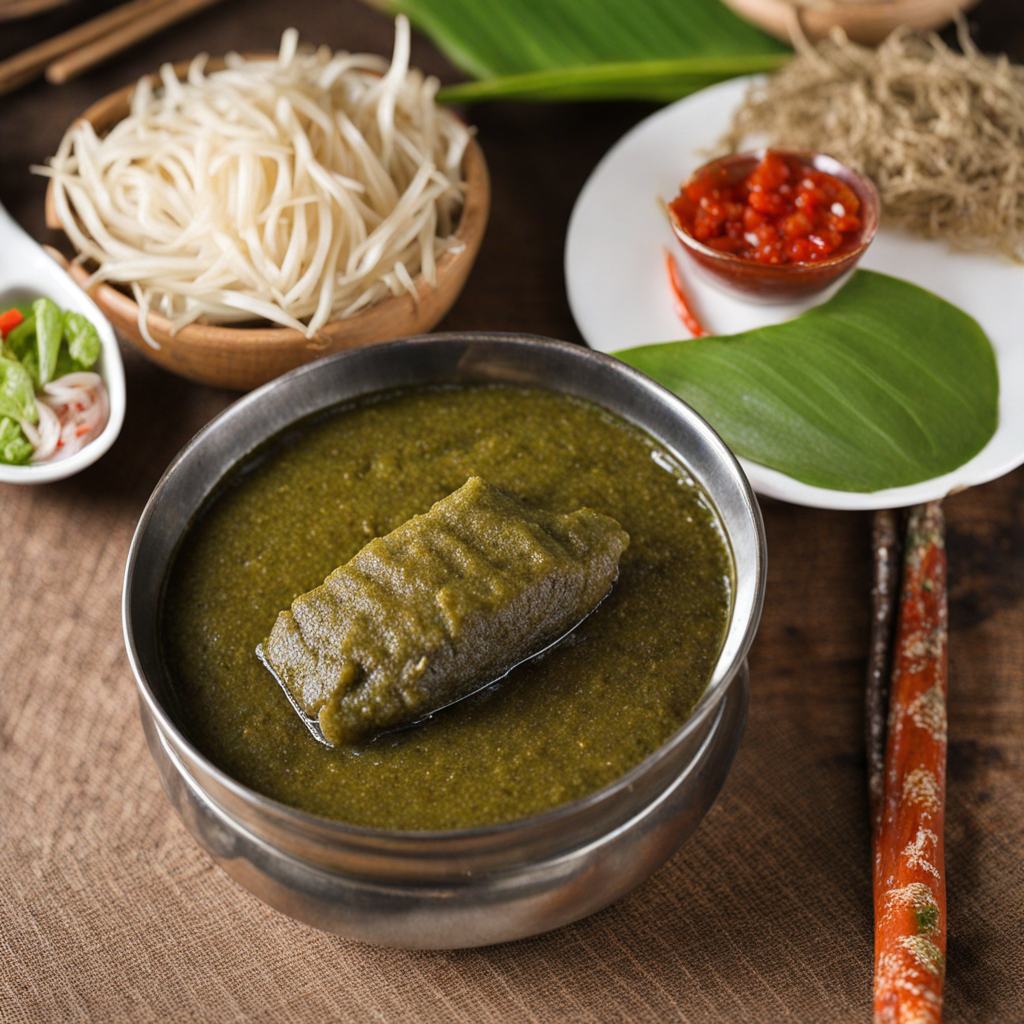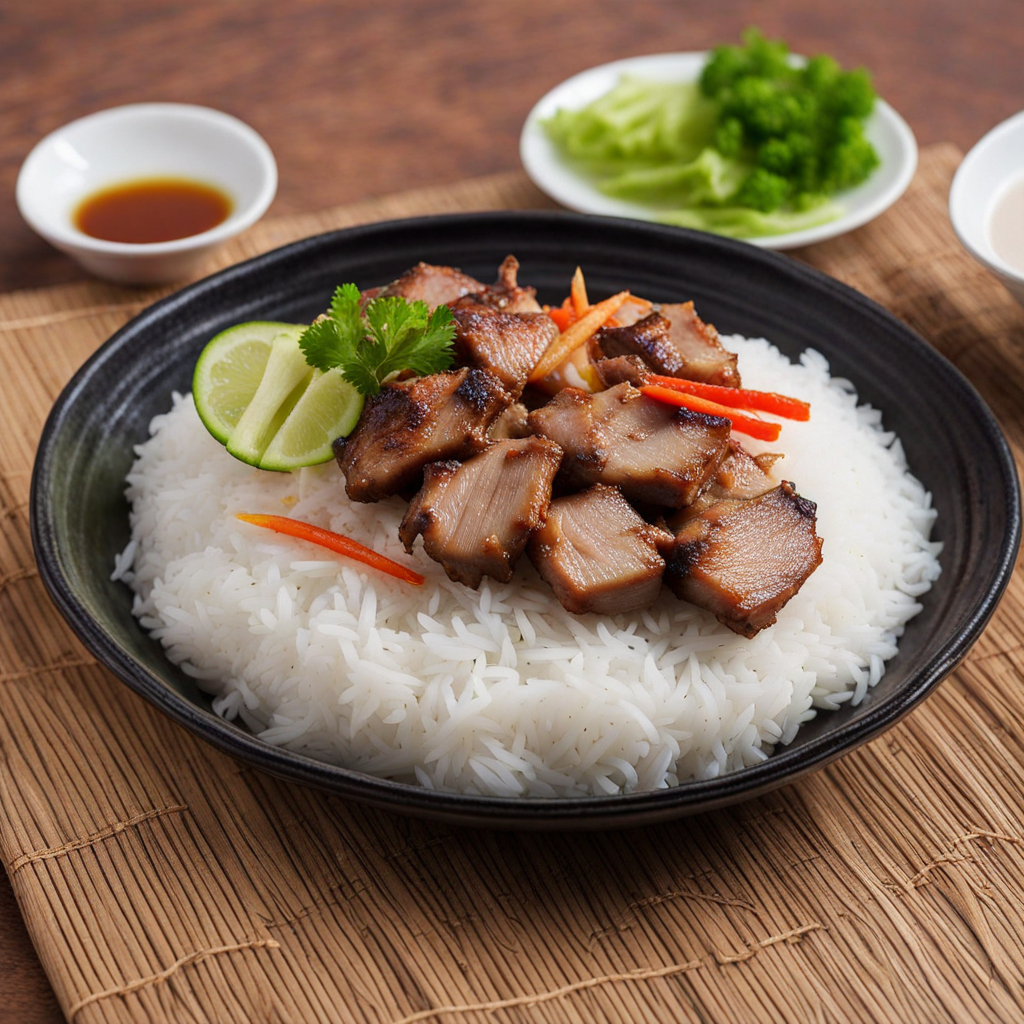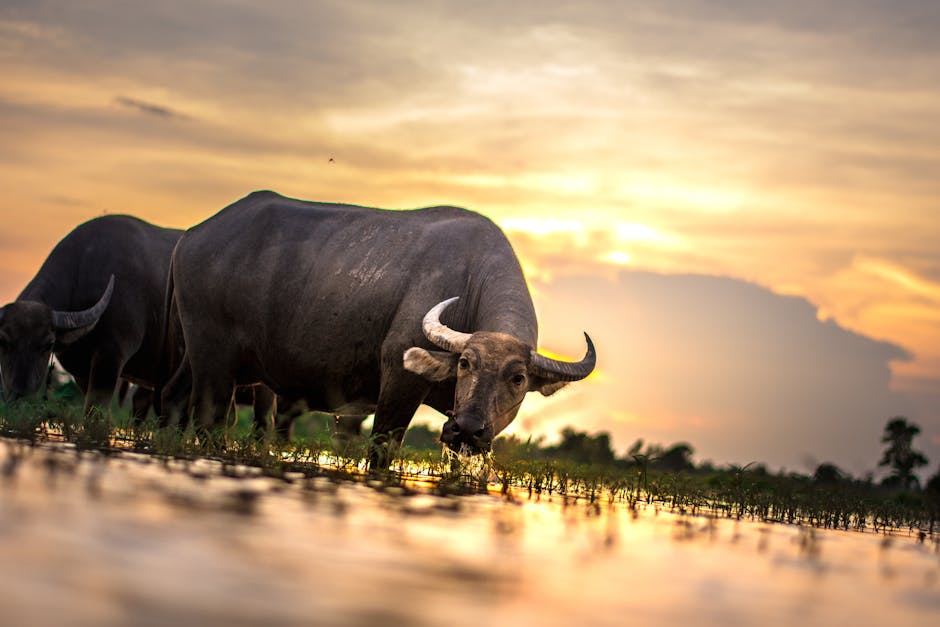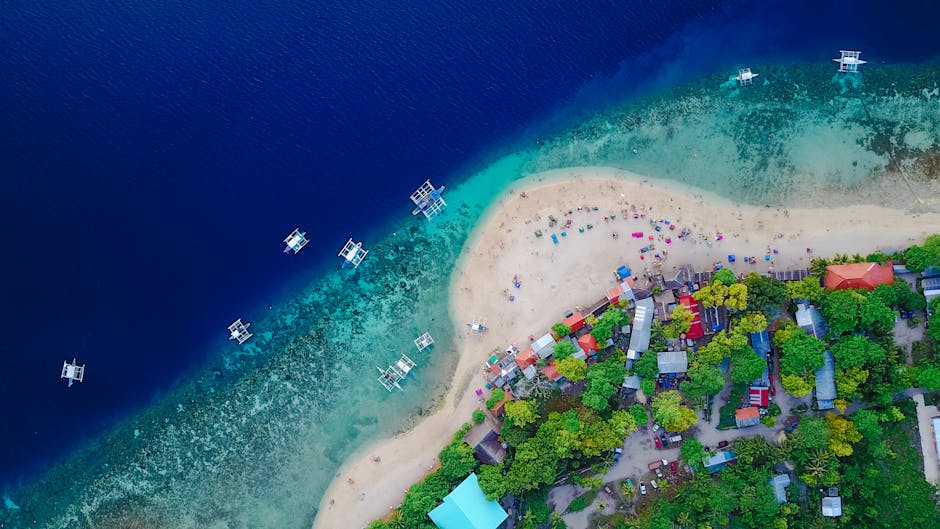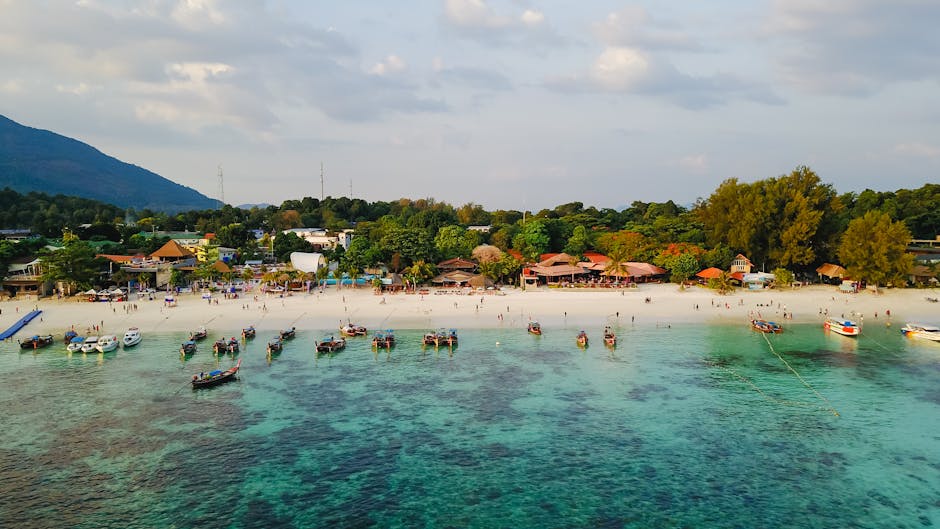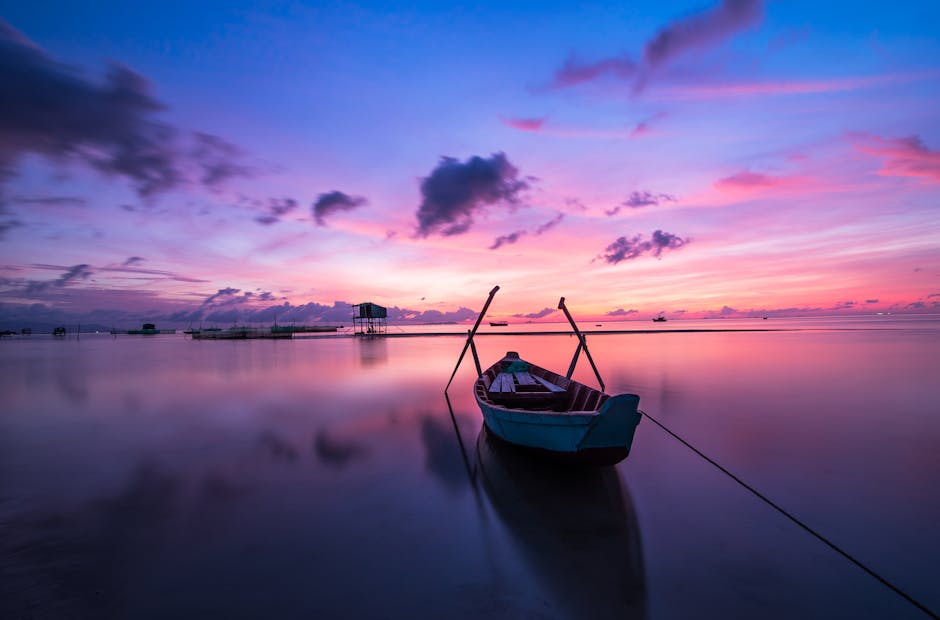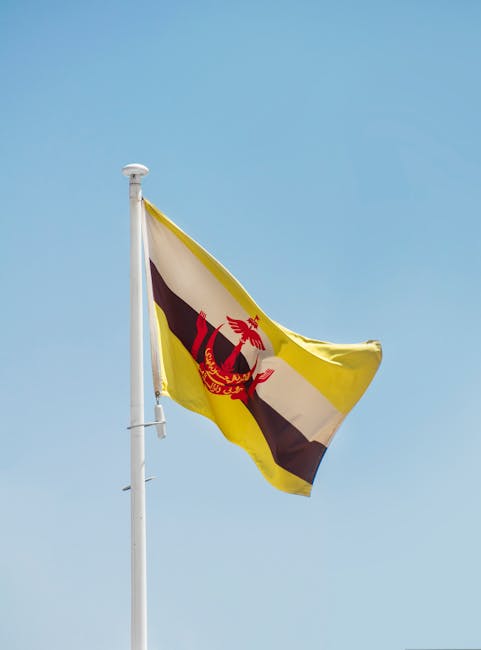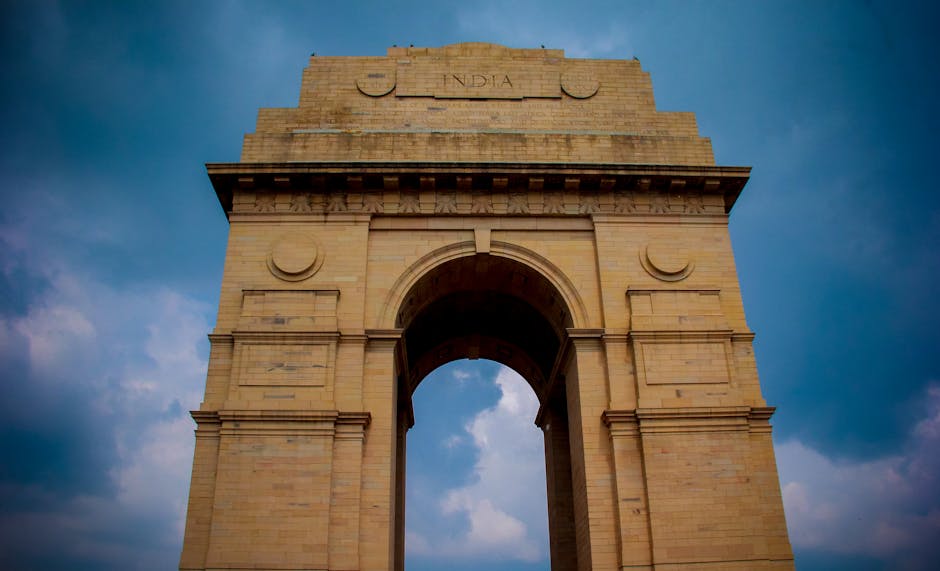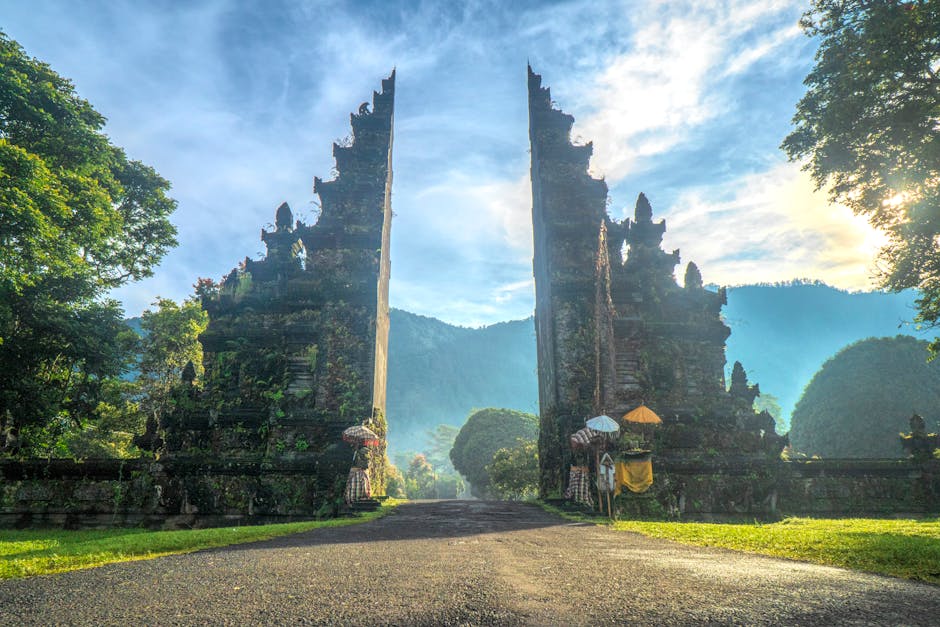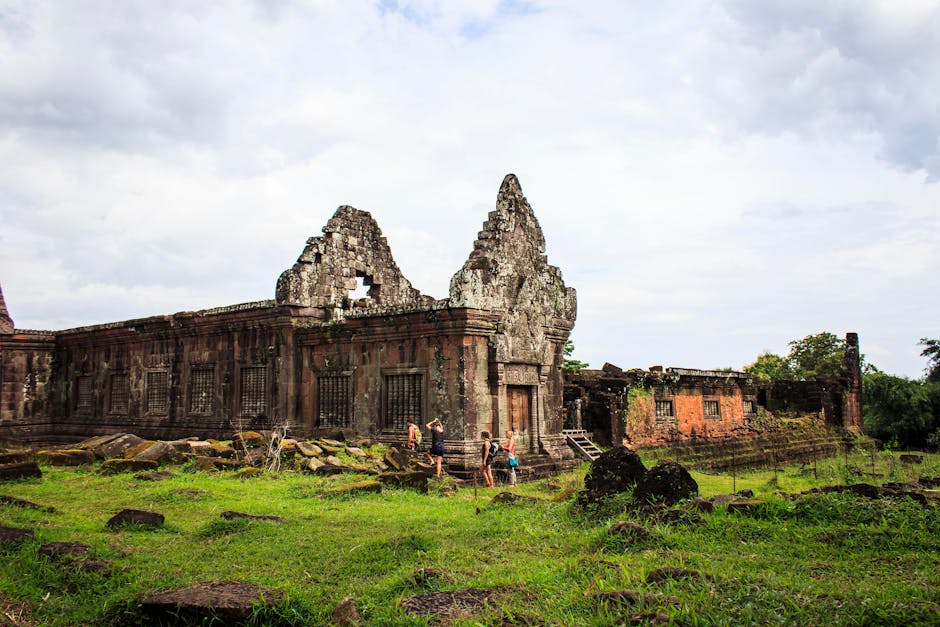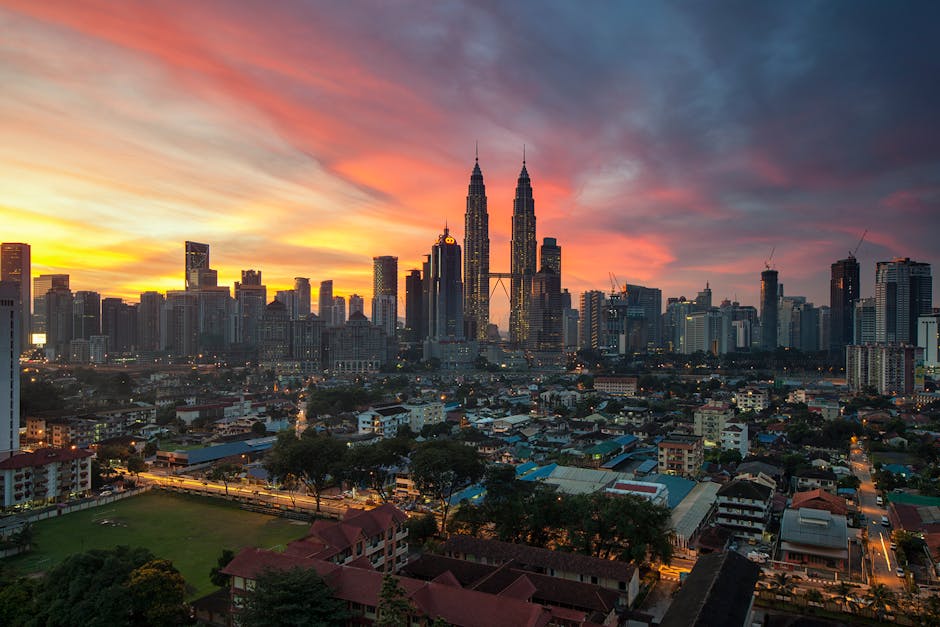Cambodia
Overview
Cambodia, located in Southeast Asia, is a country filled with a rich cultural heritage and history that is sure to captivate any traveler. Known for its iconic Angkor Wat temples, Cambodia is a treasure trove of archaeological wonders and architectural brilliance. The country's culture is deeply influenced by Theravada Buddhism, which is practiced by over 95% of the Cambodian population. The friendly locals, traditional Khmer cuisine, and vibrant markets further enhance the unique charm of this beautiful country.
Tourism in Cambodia peaks between November and February when the weather is relatively cool and dry, making it an ideal time for sightseeing and outdoor activities. During this period, you can explore the majestic temples of Angkor, visit the Royal Palace in Phnom Penh, or unwind at the pristine beaches of Sihanoukville. Other popular activities include hiking in the Cardamom Mountains, experiencing the floating villages of Tonle Sap, or learning about the country’s history at the Tuol Sleng Genocide Museum. Cambodia's lively festivals like Water Festival and Pchum Ben also fall within this period, offering a wonderful opportunity for tourists to experience the country's culture and traditions.
When preparing for a trip to Cambodia, it's essential to pack light, breathable clothing due to the tropical climate. However, modest attire is required when visiting temples and religious sites. Ensure your travel documents are in order, including a valid passport and visa. Vaccinations for Hepatitis A, Typhoid, and Tetanus-Diphtheria are recommended. It’s also advisable to have travel insurance that covers medical expenses. Understanding some basic Khmer phrases can be beneficial, although English is widely spoken in tourist areas. Lastly, respect for local customs and traditions is paramount for a meaningful and enjoyable Cambodian experience.
A Glimpse into the Past
Cambodia, a country rich in history and culture, offers travelers a unique glimpse into its past, marked by ancient civilizations, colonial influences, and the scars of modern conflict. The heart of Cambodia's historical allure lies in the magnificent ruins of the Khmer Empire, particularly the awe-inspiring temple complex of Angkor Wat. This UNESCO World Heritage site, built in the early 12th century, is the largest religious monument in the world and a masterpiece of Khmer architecture. Originally dedicated to the Hindu god Vishnu, it later transformed into a Buddhist temple, symbolizing the country's deep cultural and spiritual heritage.
The Khmer Empire was a dominant force in Southeast Asia from the 9th to the 15th centuries, with Angkor as its capital. This civilization expanded across present-day Cambodia, Thailand, Laos, and Vietnam, showcasing remarkable achievements in art, architecture, and irrigation systems. The intricate bas-reliefs and towering spires of Angkor Wat reflect the empire's grandeur and devotion to both religion and the arts. As travelers explore the temple complex, they can witness the remnants of this once-mighty civilization, including the Bayon Temple, famous for its serene stone faces, and Ta Prohm, enveloped by ancient trees, which evokes a sense of mystery and adventure.
However, Cambodia's history is not solely defined by its ancient past. The arrival of French colonialism in the late 19th century brought significant changes to the region. The French established Phnom Penh as the capital in 1865 and introduced modern infrastructure, education, and cultural influences. Travelers can still see the remnants of this era, particularly in the charming colonial architecture scattered throughout the capital, including the Royal Palace and the National Museum, which houses a vast collection of Khmer artifacts.
The 20th century was a tumultuous period for Cambodia, marked by the devastating impact of World War II and the rise of the Khmer Rouge regime in the 1970s. Led by Pol Pot, the Khmer Rouge sought to create an agrarian utopia, resulting in the deaths of an estimated two million Cambodians through forced labor, starvation, and execution. The notorious Tuol Sleng Genocide Museum in Phnom Penh, a former high school turned prison, serves as a haunting reminder of this dark chapter in Cambodian history. Visitors can learn about the atrocities committed during this time and pay their respects to the victims.
In stark contrast to the oppressive past, Cambodia is now a country on the rise, embracing its rich heritage while looking toward the future. The Royal Palace, with its opulent Silver Pagoda, offers a glimpse into the current monarchy and the country's cultural revival. The vibrant capital of Phnom Penh is a hub of activity, where travelers can explore bustling markets, try traditional Khmer cuisine, and engage with the warm and welcoming locals.
Outside of Phnom Penh, the ancient city of Siem Reap serves as the gateway to the Angkor temples and is a thriving tourist destination. Beyond the temples, visitors can partake in a range of activities, from exploring the floating villages of Tonle Sap Lake to discovering the natural beauty of the surrounding countryside. The vibrant night markets and lively street food scene provide a taste of modern Cambodian life, creating a delightful contrast with the historical sites.
Another significant historical site is Battambang, known for its well-preserved colonial architecture and the famous bamboo train. This charming town allows travelers to experience the slower pace of life in rural Cambodia while soaking in its rich history. Nearby, the Phnom Sampeau mountain offers stunning views and the opportunity to explore ancient temples and the chilling “Killing Caves,” where many victims of the Khmer Rouge perished.
For those seeking to understand Cambodia's cultural traditions, a visit to the ancient city of Preah Vihear is essential. Perched atop a 525-meter cliff, this temple complex dedicated to Shiva is not only a testament to Khmer architecture but also a site of historical significance due to its location near the disputed border with Thailand. The breathtaking scenery and spiritual atmosphere make it a captivating destination for travelers.
Cambodia's rich traditions are also celebrated through its performing arts, particularly the classical dance form known as Apsara. Rooted in the mythology of Hinduism and Buddhism, Apsara dances are often performed during festivals and special occasions. Attending a traditional dance performance in Siem Reap or Phnom Penh allows visitors to experience the beauty and grace of this art form while gaining insight into the country's cultural identity.
As travelers venture into the remote regions of Cambodia, they will discover the stunning landscapes of the Cardamom Mountains and the coastal charm of Sihanoukville. These areas offer opportunities for eco-tourism, with trekking, wildlife watching, and pristine beaches providing a serene escape from the bustling cities. Nearby islands such as Koh Rong and Koh Rong Samloem are perfect for those seeking relaxation and adventure in unspoiled natural surroundings.
Cambodia's resilience and spirit shine through in its people, who have faced immense challenges yet remain hopeful and hospitable. Engaging with local communities, whether through homestays or community-based tourism initiatives, provides travelers with a deeper understanding of the country's journey and the ongoing efforts toward reconciliation and development.
In conclusion, Cambodia's history is a tapestry woven from the threads of ancient glory, colonial influence, and modern resilience. From the majestic temples of Angkor to the poignant reminders of the Khmer Rouge era, the country offers travelers a profound exploration of its past and present. As visitors traverse this vibrant land, they are not only witnessing history but also participating in the ongoing story of a nation determined to rise and thrive. The warmth of the Cambodian people, the richness of their culture, and the beauty of their landscapes make this country a captivating destination for those seeking to connect with both history and humanity.
Top cities for tourists in Cambodia
Discover the Famous Cities That Might Captivate Your Interests
Must-Try Foods You Can't Afford to Miss
Indulge in a Variety of Fantastic Foods During Your Stay in Cambodia
May Be Your Next Destinations
People often choose these countries as their next destination


